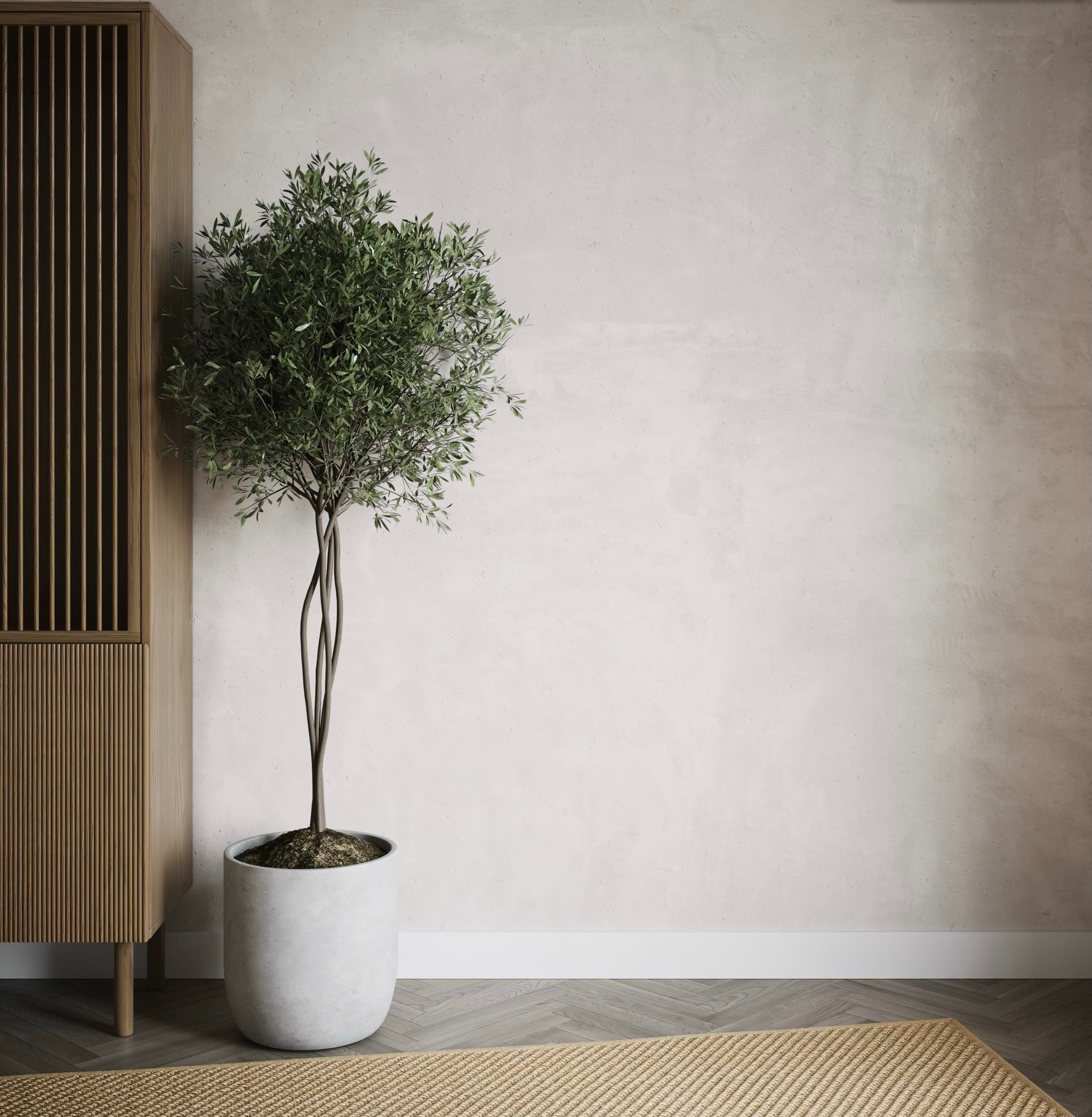
Biophilic Design: Embrace Nature and Boost Well-being in Your Home
In our modern, fast-paced lives, it can be challenging to maintain a connection with nature and appreciate the calming, rejuvenating influence it has on our well-being. Biophilic design—a revolutionary approach to interior design and architecture—seeks to address this need by fostering a deep, enriching connection between our living spaces and the natural world. At its essence, biophilic design revolves around incorporating natural elements, patterns, and materials into our homes and gardens, nurturing a sense of harmony, balance, and well-being.
The term "biophilia" was first introduced by American biologist Edward O. Wilson in 1984, identifying the innate human tendency to seek connections with nature and other forms of life. Since then, the concept of biophilic design has gained momentum, with architects, interior designers, and homeowners recognising its profound impact on our physical, mental, and emotional well-being.
In this comprehensive guide, we will explore the fundamental principles of biophilic design, examine its myriad benefits, and provide practical tips for integrating nature-inspired elements and patterns into your home, décor, and garden. Our aim is to empower you with the knowledge, inspiration, and tools necessary to create a living environment that nourishes the soul, fosters a sense of well-being, and promotes a deeper affinity with the natural world.
So, join us as we delve into the fascinating world of biophilic design—a realm where the beauty, wisdom, and serenity of nature converge with purposeful, thoughtful design.
Understanding Biophilic Design: Core Principles
To effectively incorporate biophilic design into your living spaces, it is crucial to grasp the fundamental principles underpinning this unique approach. These guiding principles include:
- Direct connection to nature: Integrating natural elements such as plants, water, and sunlight into our indoor and outdoor spaces.
- Indirect connection to nature: Incorporating materials, colours, and forms that mimic or evoke the natural world.
- Spatial configuration: Creating environments that stimulate the senses, encourage movement, and promote a sense of safety and refuge.
The Benefits of Biophilic Design: Why Connect with Nature?
The advantages of integrating biophilic design principles into our homes extend far beyond mere aesthetics; they have been scientifically proven to promote well-being across a range of dimensions. Research has shown that biophilic design can:
- Reduce stress and anxiety by creating a calming environment.
- Boost productivity and creativity by fostering mental clarity and focus.
- Enhance mood and emotional well-being by elevating our connection to nature.
- Improve physical health by providing cleaner air, better lighting, and ergonomic comfort.
Merging Nature and Interiors: Practical Tips and Ideas
With an understanding of its core principles and benefits, we can now explore practical strategies for incorporating biophilic design elements within various parts of our home.
1. Living room:
- Use large windows to maximise natural light, framing views of outdoor greenery or water features.
- Incorporate potted plants or living walls to boost air quality and breathe life into your space.
- Choose furnishings in earthy tones, with natural materials such as wood, rattan, or linen.
2. Bedroom:
- Position your bed to enable views of outdoor greenery or the sky.
- Opt for organic cotton bedding, plush textures, and botanical-themed decor to evoke the natural world.
- Use aromatherapy with essential oils extracted from plants to create soothing, restful ambience.
3. Kitchen and dining area:
- Opt for sustainable, reclaimed wood furniture and countertops.
- Cultivate an indoor herb garden on a sunny windowsill for fresh, home-grown flavours.
- Use tableware and serving pieces made from natural, renewable materials, such as bamboo or ceramic.
4. Bathroom:
- Select calming, nature-inspired colours for walls, tiles, and accessories.
- Include elements of wood or stone to evoke the sense of an outdoor spa.
- Consider using a rain shower or adding a small fountain to incorporate the soothing sound of flowing water.
Cultivating a Biophilic Garden: Connecting with Nature Outdoors
In addition to transforming interior spaces, biophilic design principles can be applied to the garden, creating a harmonious, invigorating connection between your home and the natural environment.
- Use native plants: Choose species that are indigenous to your region, promoting local ecosystems and fostering a sense of place.
- Create diverse sensory experiences: Incorporate multi-sensory elements such as fragrant plants, tactile groundcovers, or rustling leaves to engage the senses.
- Curate outdoor living spaces: Designate areas for lounging, dining, or meditation, and integrate natural materials such as stone seating or wooden pergolas.
- Encourage wildlife: Attract local birds, butterflies, and pollinators by providing nesting boxes, bird baths, or insect hotels to reinforce the connection between your garden and the local ecosystem.
Final Thoughts
Embracing biophilic design principles within your living spaces and garden offers a powerful means of nurturing well-being, fostering a profound connection with the natural world, and creating a home environment that is both functional and soul-stirring.
By integrating natural elements, patterns, and materials throughout your home, you can cultivate a sanctuary that promotes harmony, balance, and inspiration—encouraging holistic health, contentment, and personal growth in your day-to-day life.
Take the first steps on your journey towards biophilic living today by exploring the ideas and advice outlined in this guide from Sisu Essence, and experience the transformative impact of aligning your living spaces with the boundless beauty and wisdom of nature. Explore our collection to learn more about our London home decor collection.




